Previous Story
The Engine Company’s Primary Mission – Water Supply
This article is the last of a 6 part series about the engine company’s primary mission and ironically about establishing a water supply; a tactic that should happen early in the fire.
The decision….
There has been much controversy about the 1st engine securing a water source and laying a supply line. Many feel that this is not a primary function of the 1st engine and the first engine to arrive should proceed directly to the scene without stopping to secure water leaving this responsibility to a later arriving engine.
Although I will not dispute the need to quickly and efficiently place the primary attack line in service I wonder if we don’t place firefighters at greater risk by not taking the time to ensure a continuous water supply.
How long does it take to stop the engine, wrap the hydrant and get back on?
If your crew can’t perform this operation in less than a minute I know what your next company drill needs to be!
Engine company officers need to look at the supply hose you put in the street as a life line for the firefighters they will be sending into the structure on fire. Have you ever been at a fire were the engine pumping your attack line stalled out or broke down?
I have and I can tell you that without the supply line we laid which allowed us enough flow to protect our hasty withdrawal from the building I would not be here today!
There is a reason that engines have water tanks with a limited water supply. It allows us to quickly stretch and charge an attack line until the supply line is charged from the unlimited supply of water at the hydrant.
Did you know that the first water tanks placed on engines were called booster tanks? These tanks were intended to be the 1st stage of supply to allow an attack line to be placed in service earlier. It was never intended to be the principal or primary water source at a fire.
A lot of what we are discussing is predicated on the fact that you have a municipal water supply system and an adequate number of hydrants from which to get water.
What if you respond in a rural area and don’t have the luxury of a hydrant on every corner? Does this change the importance of establishing a continuous water supply?
The answer is NO!
How and when your water supply is established will be different but the importance of establishing
a continuous water supply is the same. Engines in rural communities are usually equipped with large capacity tanks from 1,00-2,500 gallons of water because there will be an extended time until a continuous water supply can be established but at some point it will need to be done.
Remember water is a firefighters life source when it comes to extinguishing the fire, protecting themselves and any trapped occupants. Why send them into battle with a limited supply of this life source?
Train and prepare your crew to be able to perform lead out operations efficiently and safely so that you won’t have to choose between dropping a line and arriving sooner in the incident be able to do both!

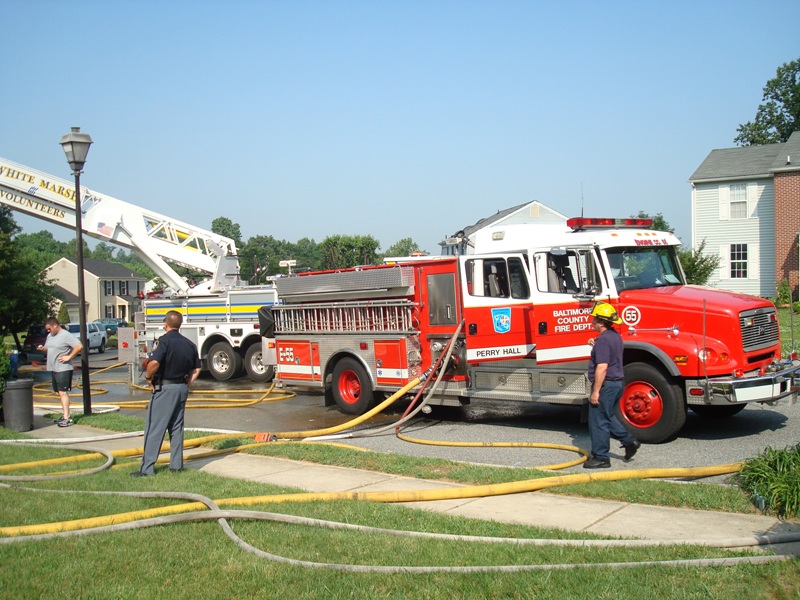
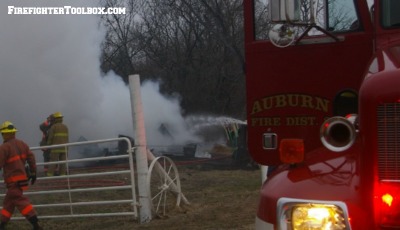
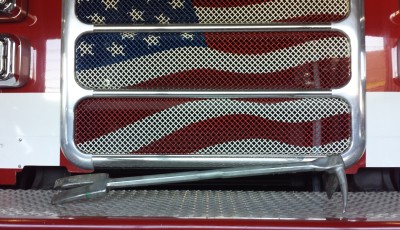


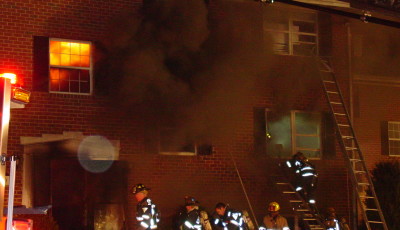
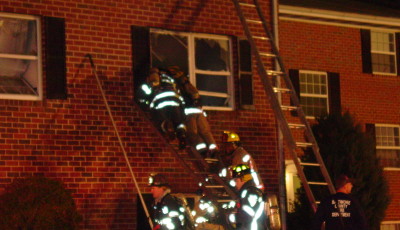




I agree with what you’re saying here. I think a lot of it has to do with your department size, response area, and response times. Where I work we are pretty fortunate to have quick response times, a lot of times 2 units arriving simultaneously. Since this happens a lot we allow the first arriving unit to go ahead and go in for attack. I can see where having the first arriving unit establish water supply in areas where the next company is 3-5 minutes out. I think its important for crews to train each way often and figure out whats best for them considering such factors as the ones I mentioned. Thanks for the article, be safe!